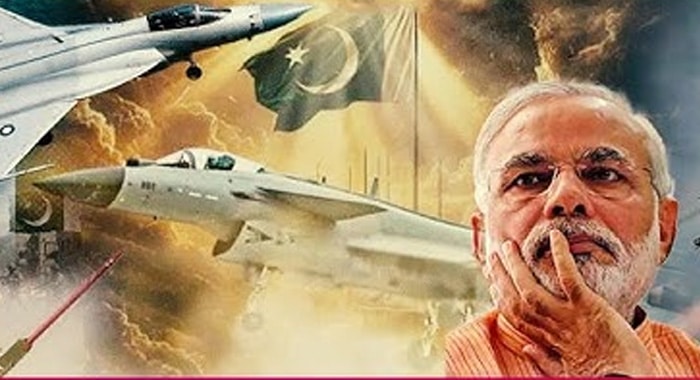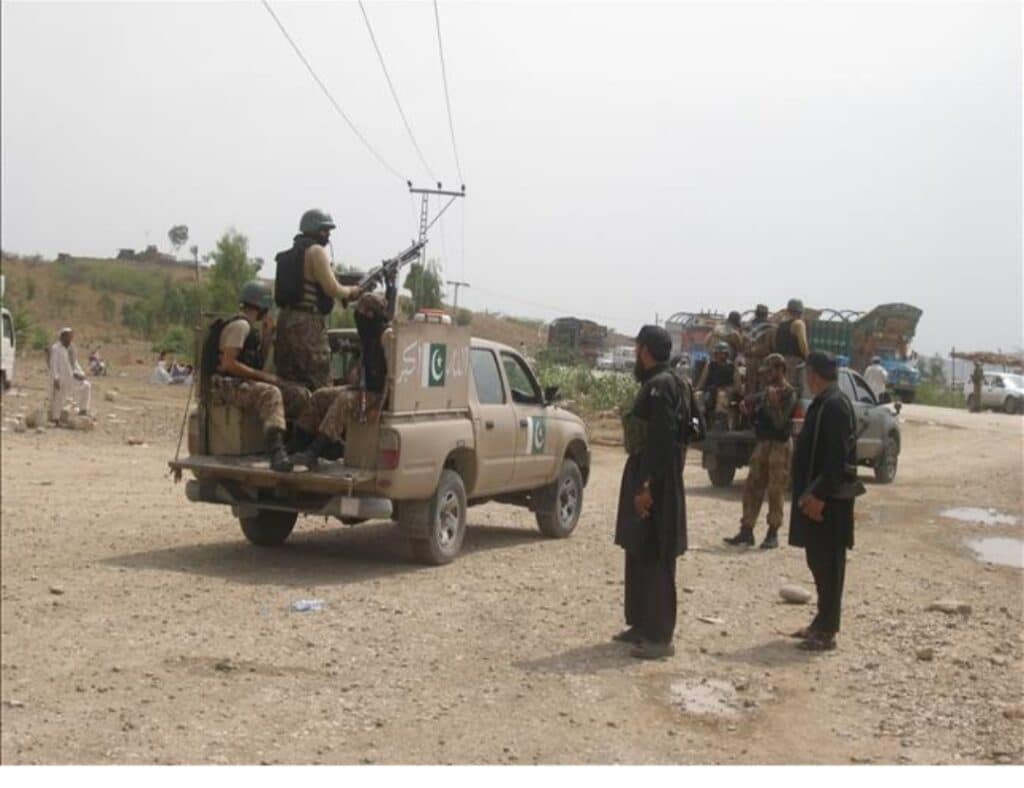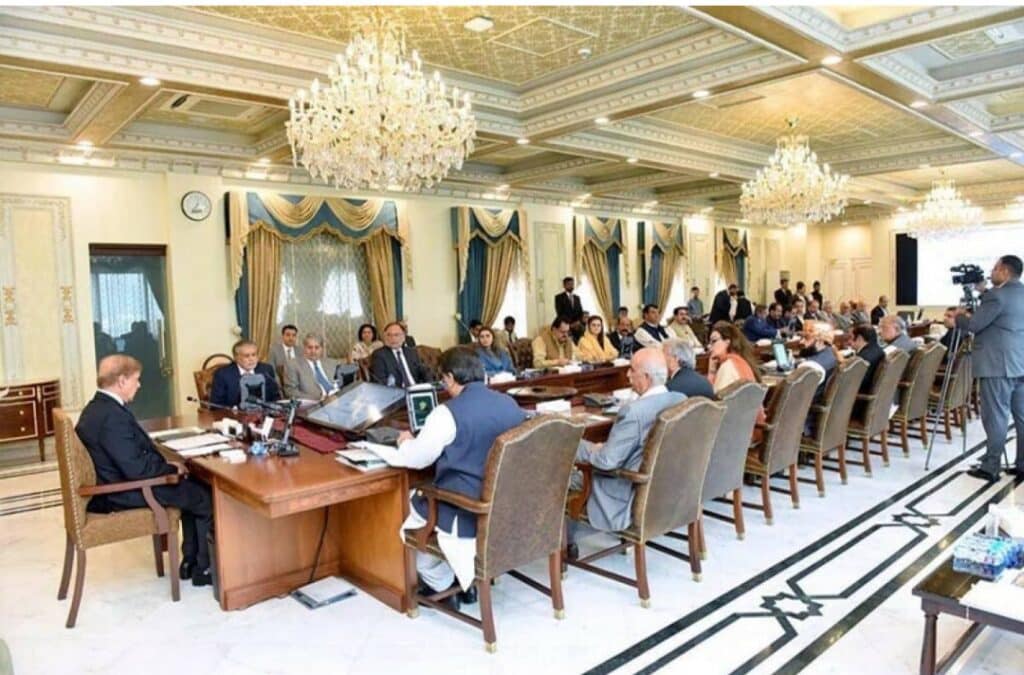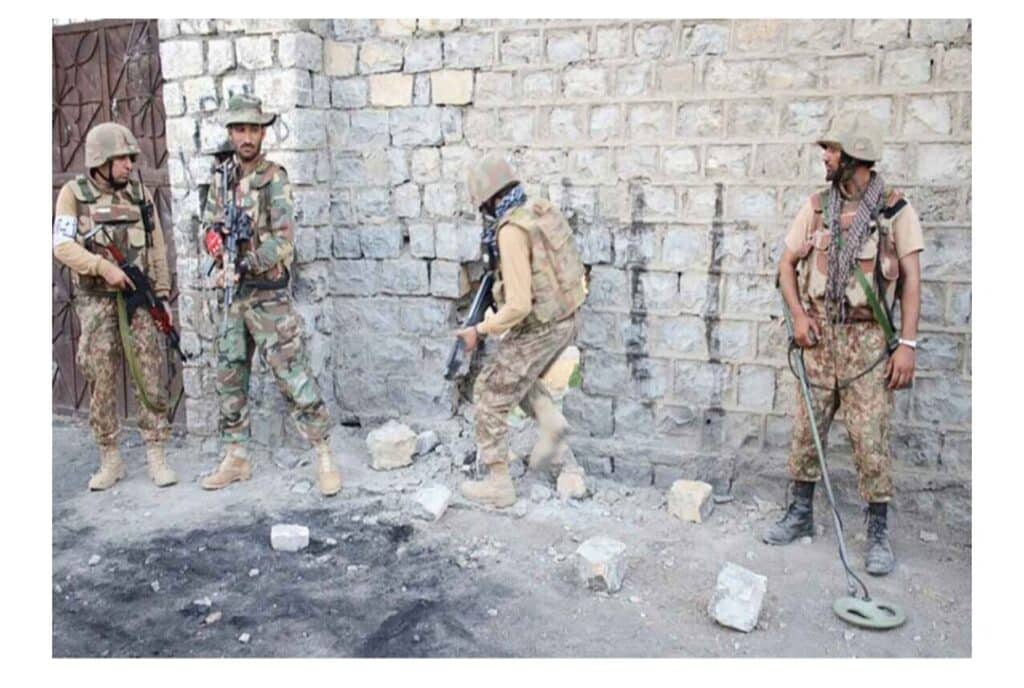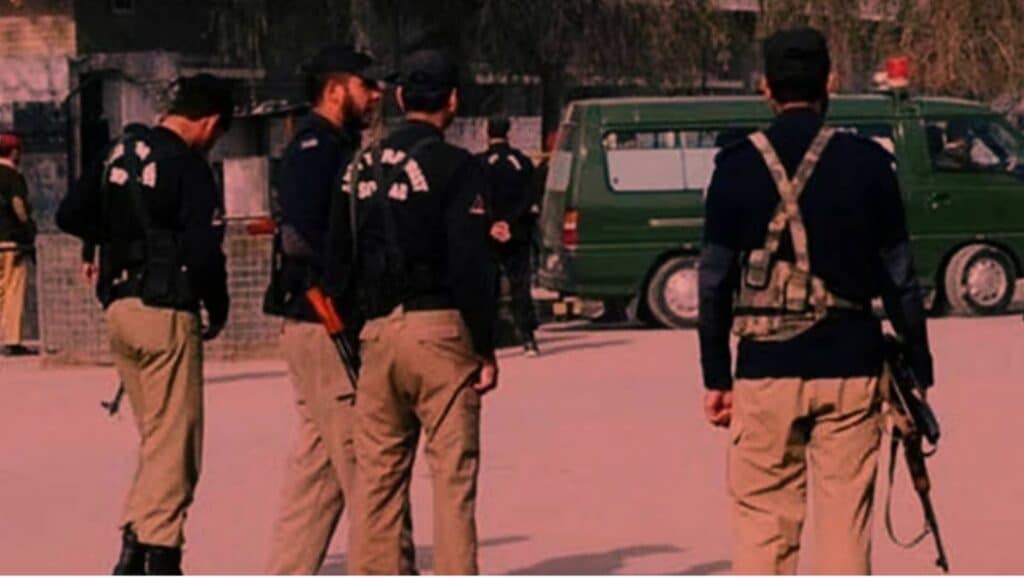Indian Prime Minister Narendra Modi addressed the nation recently, but appeared notably off-color and subdued during his speech, raising eyebrows amidst ongoing regional tensions.
In his televised address, Modi labeled the Pahalgam incident as an “atrocity” and once again resorted to traditional accusations against Pakistan. He warned, “The new normal is that India will respond instantly to any attack,” and reiterated the usual rhetoric: “Water and blood cannot flow together,” and “Trade, dialogue, and terrorism cannot go hand in hand.”
Modi added that any dialogue with Pakistan would only occur on the issue of terrorism, and if Kashmir is discussed, “it will be about Azad Jammu & Kashmir.” He further repeated the false narrative that the recent ceasefire was initiated at Pakistan’s request, declaring that India “won’t bow to nuclear blackmail.”
However, this narrative has been strongly challenged internationally.
Nick Robertson, revealed in a recent interview that global powers had been attempting to mediate a ceasefire between India and Pakistan for days—with no success—until India launched strikes on Pakistani airbases. In retaliation, Pakistan responded with a wave of missile strikes, which forced India into de-escalation and talks.
According to Robertson, the Pakistani missile response compelled India to step back, and only after diplomatic intervention from the U.S., Saudi Arabia, and Turkey, was a ceasefire achieved.
Adding weight to the claims, veteran Indian journalist Siddharth Varadarajan accused Modi of misleading the public, saying:
“Modi is portraying Pakistan as the one running to the U.S. to stop the war, but in reality, it was India that was desperate for mediation.”
These revelations starkly contradict Modi’s public statements, raising serious questions about the credibility of India’s official narrative and the true events behind the ceasefire.

